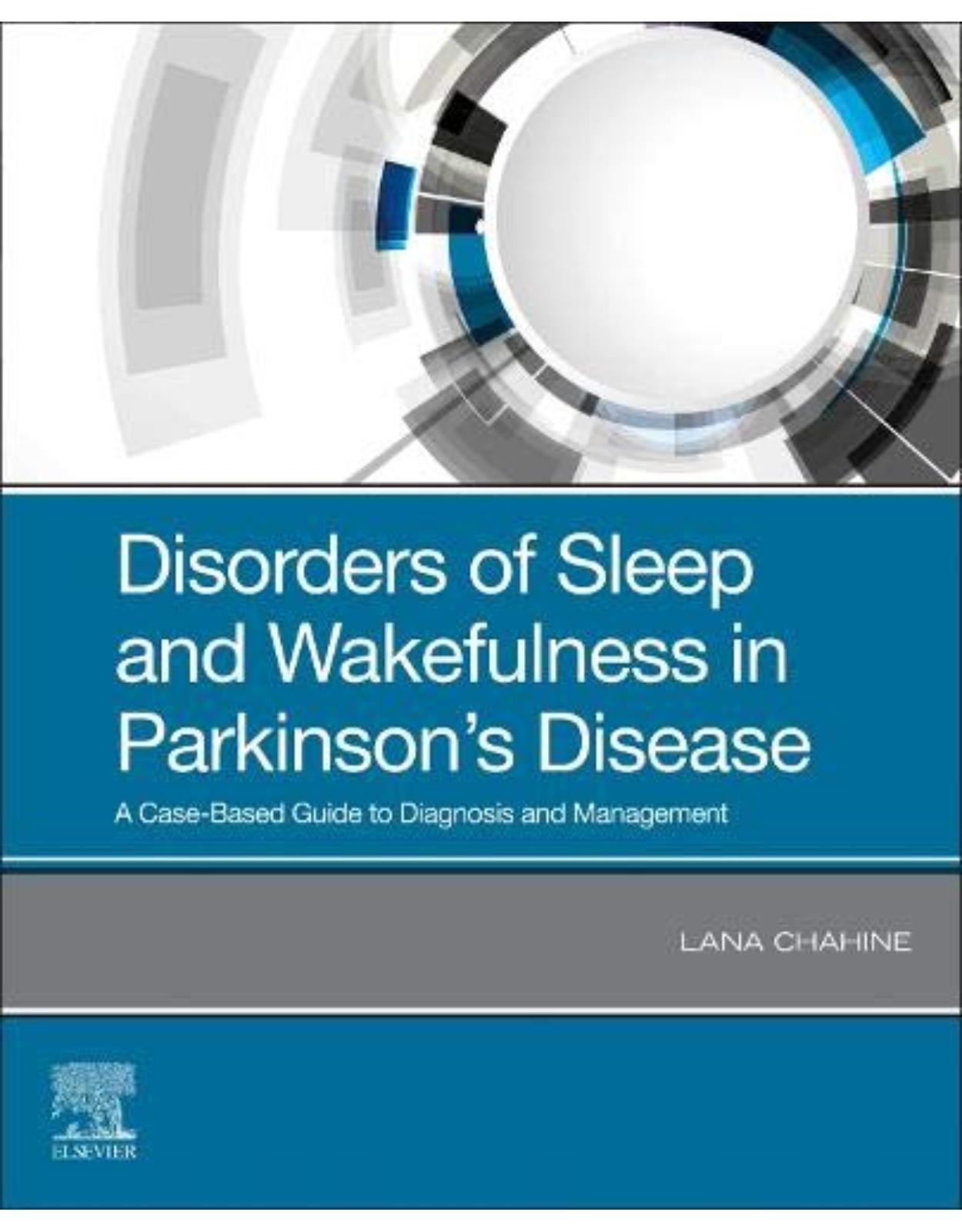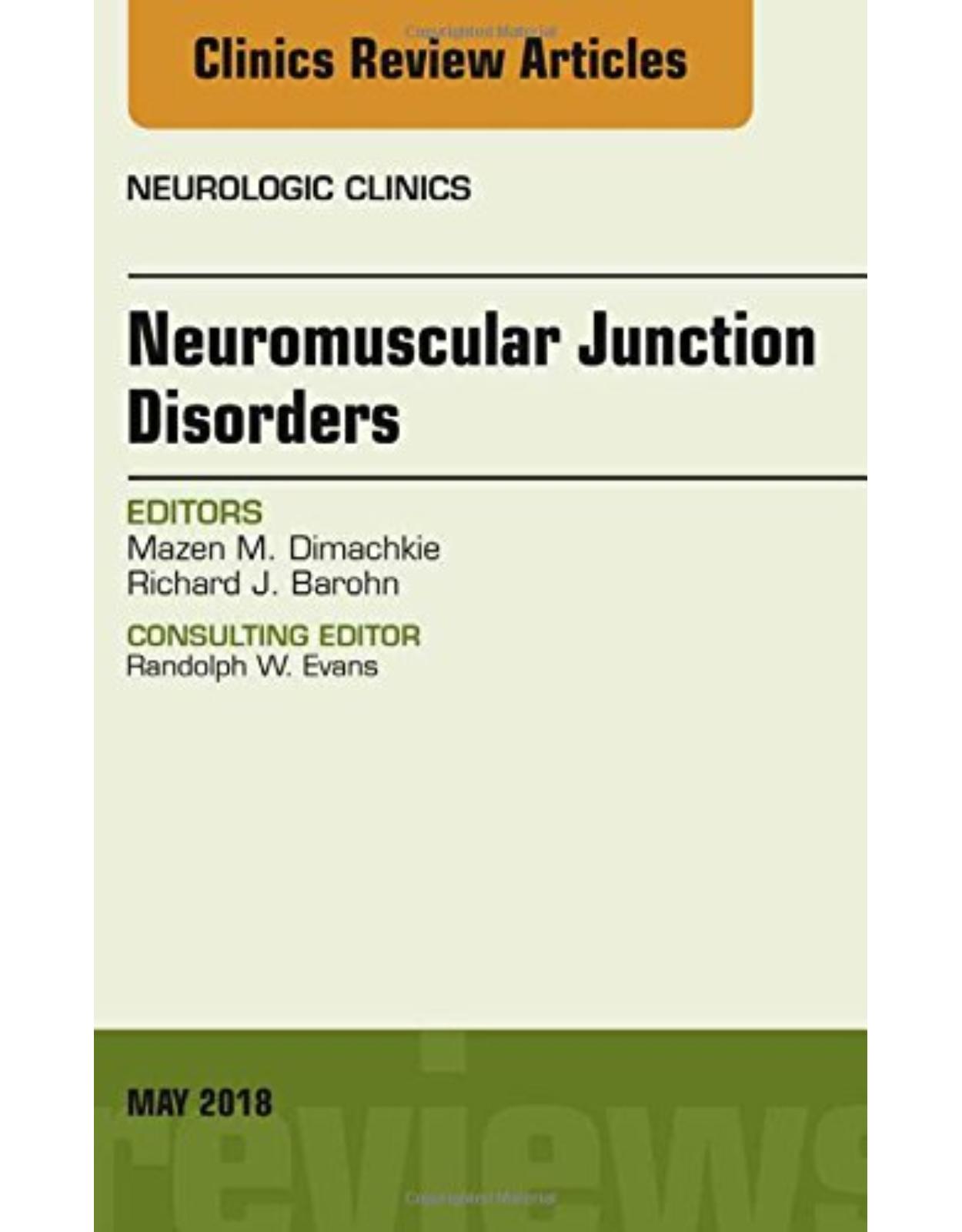
Intracranial Pressure and Neuromonitoring XVII
Livrare gratis la comenzi peste 500 RON. Pentru celelalte comenzi livrarea este 20 RON.
Disponibilitate: La comanda in aproximativ 4 saptamani
Editura: Springer
Limba: Engleza
Nr. pagini: 386
Coperta: Hardcover
Dimensiuni: 210 x 279 mm
An aparitie: 11 Apr 2021
Description:
This book gathers the proceedings of the 17th International Conference on Intracranial Pressure and Neuromonitoring, held in Leuven, Belgium in September 2019. It provides an overview of the current understanding, underlying research and future perspectives concerning pathophysiology, biophysics, monitoring and management in traumatic and non-traumatic acute brain injury, hydrocephalus and spinal cord injury, including cerebrovascular autoregulation impairment in neurological as well as non-neurological diseases. The peer-reviewed contributions were prepared by specialists in neurosurgery, neurointensive care and neuroanesthesiology, as well as prominent experts from the fields of physiology, clinical and biomedical engineering, mathematics and informatics. The book continues the time-honored tradition of publishing key presentations from the ICP Conferences in order to facilitate their dissemination within the clinical and research community.
Table of contents:
Cover
Front Matter
Part I. Neuromonitoring and Management in Adult Traumatic Brain Injury
Microcirculatory Biomarkers of Secondary Cerebral Ischemia in Traumatic Brain Injury
Visualization of Intracranial Pressure Insults After Severe Traumatic Brain Injury: Influence of Individualized Limits of Reactivity
Impacts of a Pressure Challenge on Cerebral Critical Closing Pressure and Effective Cerebral Perfusion Pressure in Patients with Traumatic Brain Injury
Semi-automated Computed Tomography Volumetry as a Proxy for Intracranial Pressure in Patients with Severe Traumatic Brain Injury: Clinical Feasibility Study
Errors and Consequences of Inaccurate Estimation of Mean Blood Flow Velocity in Cerebral Arteries
Analysis of the Association Between Lung Function and Brain Tissue Oxygen Tension in Severe Traumatic Brain Injury
Comparison of Two Intracranial Pressure Calculation Methods and Their Effects on the Mean Intracranial Pressure and Intracranial Pressure Dose
External Hydrocephalus After Traumatic Brain Injury: Retrospective Study of 102 Patients
Analysis of Cardio-Cerebral Crosstalk Events in an Adult Cohort from the CENTER-TBI Study
Cerebrovascular Consequences of Elevated Intracranial Pressure After Traumatic Brain Injury
Part II. Neuromonitoring and Management in Adult Nontraumatic Brain Injury
Assessment of Cerebral Autoregulation in the Perifocal Zone of a Chronic Subdural Hematoma
Noninvasive Intracranial Pressure Monitoring in Chronic Stroke Patients with Sedentary Behavior: A Pilot Study
Use of Clustering to Investigate Changes in Intracranial Pressure Waveform Morphology in Patients with Ventriculitis
Perioperative Dynamics of Intracranial B-waves of Blood Flow Velocity in the Basal Cerebral Arteries in Patients with Brain Arteriovenous Malformation
Part III. Neuromonitoring and Management in Adult Mixed Brain Injury Populations
Effects of Hyperthermia on Intracranial Pressure and Cerebral Autoregulation in Patients with an Acute Brain Injury
A Comparative Study of the Effects of Early Versus Late Cranioplasty on Cognitive Function
Effects of Cranioplasty After Decompressive Craniectomy on Neurological Function and Cerebral Hemodynamics in Traumatic Versus Nontraumatic Brain Injury
Brain Multimodal Monitoring in Severe Acute Brain Injury: Is It Relevant to Patient Outcome and Mortality?
Long-Term Outcome After Decompressive Craniectomy in a Developing Country
Predictors of Successful Extubation in Neurocritical Care Patients
Part IV. Neuromonitoring and Management in the Pediatric Population
Impaired Autoregulation Following Resuscitation Correlates with Outcome in Pediatric Patients: A Pilot Study
Brain Biomarkers in Children After Mild and Severe Traumatic Brain Injury
Decompressive Craniectomy for Traumatic Intracranial Hypertension in Children
Use of Direct Intracranial Pressure and Brain Tissue Oxygen Monitoring in Perioperative Management of Patients with Moyamoya Disease
Part V. Neuromonitoring Technology
Variability of the Optic Nerve Sheath Diameter on the Basis of Sex and Age in a Cohort of Healthy Volunteers
A Noninvasive Method for Monitoring Intracranial Pressure During Postural Changes
Arterial and Venous Cerebral Blood Flow Velocities in Healthy Volunteers
Comparison of Waveforms Between Noninvasive and Invasive Monitoring of Intracranial Pressure
Part VI. Cerebrovascular Autoregulation in Acute Brain Injury and Cardiac Surgery
An Update on the COGiTATE Phase II Study: Feasibility and Safety of Targeting an Optimal Cerebral Perfusion Pressure as a Patient-Tailored Therapy in Severe Traumatic Brain Injury
Quick Assessment of the Lower Limit of Autoregulation by Use of Transcranial Doppler Ultrasound During Cardiac Surgery
Influence of Patient Demographics on Optimal Cerebral Perfusion Pressure Following Traumatic Brain Injury
Secondary Cerebral Ischemia at Traumatic Brain Injury Is More Closely Related to Cerebrovascular Reactivity Impairment than to Intracranial Hypertension
Usability of Noninvasive Counterparts of Traditional Autoregulation Indices in Traumatic Brain Injury
Patient’s Clinical Presentation and CPPopt Availability: Any Association?
Optimal Cerebral Perfusion Pressure Based on Intracranial Pressure-Derived Indices of Cerebrovascular Reactivity: Which One Is Better for Outcome Prediction in Moderate/Severe Traumatic Brain Injury?
Optimal Cerebral Perfusion Pressure Assessed with a Multi-Window Weighted Approach Adapted for Prospective Use: A Validation Study
Monitoring of Cerebrovascular Reactivity in Intracerebral Hemorrhage and Its Relation with Survival
Part VII. Neuroinformatics and Artificial Intelligence
Spectral Cerebral Blood Volume Accounting for Noninvasive Estimation of Changes in Cerebral Perfusion Pressure in Patients with Traumatic Brain Injury
Empirical Mode Decomposition-Based Method for Artefact Removal in Raw Intracranial Pressure Signals
RAQ: A Noise-Resistant Calibration-Independent Compliance Surrogate
Methodological Consideration on Monitoring Refractory Intracranial Hypertension and Autonomic Nervous System Activity
Evaluation of Software for Automated Measurement of Adherence to ICP-Monitoring Threshold Guideline
Time Series Analysis and Prediction of Intracranial Pressure Using Time-Varying Dynamic Linear Models
Automatic Pulse Classification for Artefact Removal Using SAX Strings, a CENTER-TBI Study
DeepClean: Self-Supervised Artefact Rejection for Intensive Care Waveform Data Using Deep Generative Learning
Comparison of Two Algorithms Analysing the Intracranial Pressure Curve in Terms of the Accuracy of Their Start-Point Detection and Resistance to Artefacts
Plateau Waves of Intracranial Pressure: Methods for Automatic Detection and Prediction
Python-Embedded Plugin Implementation in ICM+: Novel Tools for Neuromonitoring Time Series Analysis with Examples Using CENTER-TBI Datasets
Part VIII. Laboratory and Translational Research
Physical Model for Investigating Intracranial Pressure with Clinical Pressure Sensors and Diagnostic Ultrasound: Preliminary Results
Augmented Reality-Assisted Neurosurgical Drain Placement (ARANED): Technical Note
Lower Limit of Reactivity Assessed with PRx in an Experimental Setting
Analysis of Intracranial Pressure Pulse–Pressure Relationship: Experimental Validation
Cerebrovascular Impedance During Hemodynamic Change in Rabbits: A Pilot Study
Improved Cerebral Perfusion Pressure and Microcirculation by Drag Reducing Polymer-Enforced Resuscitation Fluid After Traumatic Brain Injury and Hemorrhagic Shock
Critical Closing Pressure by Diffuse Correlation Spectroscopy in a Neonatal Piglet Model
Part IX. Hydrocephalus and Cerebrospinal Fluid Biophysics
Diffusion and Flow MR Imaging to Investigate Hydrocephalus Patients Before and After Endoscopic Third Ventriculostomy
Lower Breakpoint of Intracranial Amplitude-Pressure Relationship in Normal Pressure Hydrocephalus
Single Center Experience in Cerebrospinal Fluid Dynamics Testing
Why Hydrocephalus Patients Suffer When the Weather Changes: A New Hypothesis
Transcranial Doppler Plateau Wave in a Patient with Pseudo-Chiari Malformation
Telemetric Intracranial Pressure: A Snapshot Does not Give the Full Story
Noninvasive Intracranial Pressure Assessment in Patients with Suspected Idiopathic Intracranial Hypertension
Should the Impact of Postural Change of Intracranial Pressure After Surgical Repair of Skull Base Cerebrospinal Fluid Leaks Be Considered? A Preliminary Survey
Assessment of Pressure-Volume Index During Lumbar Infusion Study: What Is the Optimal Method?
Postural Regulation of Intracranial Pressure: A Critical Review of the Literature
Differences in Cerebrospinal Fluid Dynamics in Posttraumatic Hydrocephalus Versus Atrophy, Including Effect of Decompression and Cranioplasty
Global Cerebral Autoregulation, Resistance to Cerebrospinal Fluid Outflow and Cerebrovascular Burden in Normal Pressure Hydrocephalus
Comparison of Assessment for Shunting with Infusion Studies Versus Extended Lumbar Drainage in Suspected Normal Pressure Hydrocephalus
The Role of Cerebrospinal Fluid Dynamics in Normal Pressure Hydrocephalus Diagnosis and Shunt Prognostication
Part X. Spinal Cord Injury
Safety and Feasibility of Lumbar Cerebrospinal Fluid Pressure and Intraspinal Pressure Studies in Cervical Stenosis: A Case Series
Correction to: Comparison of Two Algorithms Analysing the Intracranial Pressure Curve in Terms of the Accuracy of Their Start-Point Detection and Resistance to Artefacts
| An aparitie | 11 Apr 2021 |
| Autor | Bart Depreitere, Geert Meyfroidt, Fabian Güiza |
| Dimensiuni | 210 x 279 mm |
| Editura | Springer |
| Format | Hardcover |
| ISBN | 9783030594350 |
| Limba | Engleza |
| Nr pag | 386 |
-
1,11000 lei 95100 lei














Clientii ebookshop.ro nu au adaugat inca opinii pentru acest produs. Fii primul care adauga o parere, folosind formularul de mai jos.